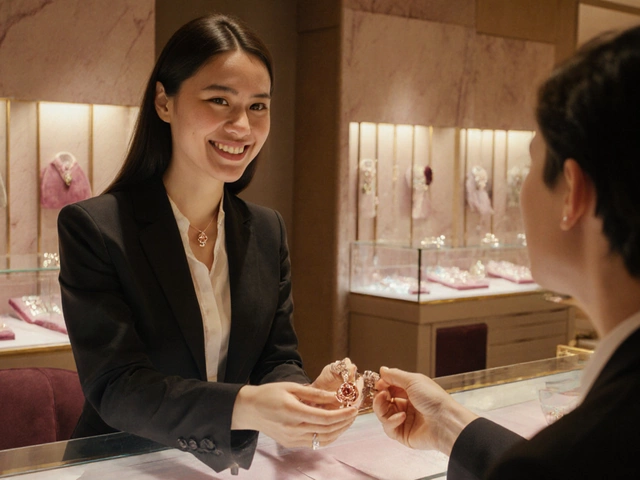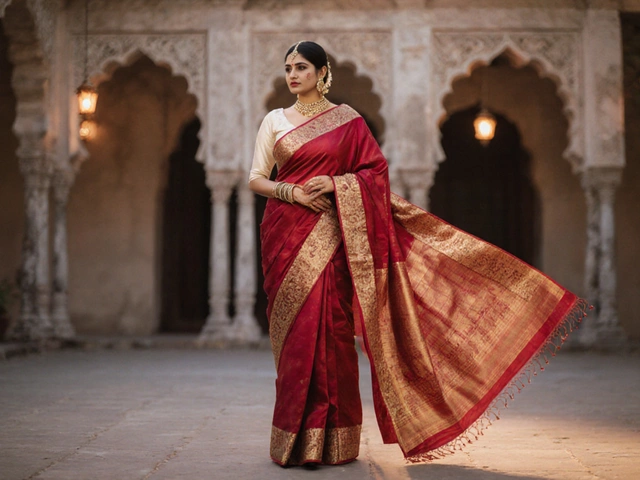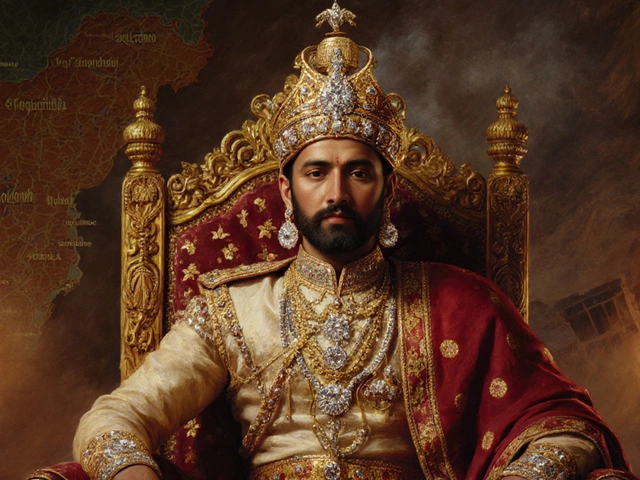Antique Designs: Discover Timeless Jewellery and Value
When exploring antique designs, classic jewellery styles that have survived generations, often featuring intricate craftsmanship and historic motifs. Also known as vintage jewellery, they blend art, culture, and investment potential. These pieces aren't just pretty— they tell stories of the era they came from, whether it's a Mughal-era Kamarband or a colonial‑era gold bangle. Antique designs encompass a wide range of materials, from hand‑set diamonds to hand‑crafted gold, and they frequently appear in museum collections and private estates. Because of that, collectors treat them like portable history, and every purchase starts with a question: how authentic is the piece, and what will it be worth later? That curiosity creates a natural link to resale value, expert appraisal, and market trends. In short, appreciating antique designs means looking at the art, the maker, and the market all at once. This blend of beauty and economics sets the stage for deeper exploration.
Key Factors That Shape Value
Understanding resale value, the potential return a jewellery piece can generate when sold later, based on condition, provenance, and maker reputation is essential for anyone eyeing an antique piece. Resale value depends on three core attributes: the material (gold, silver, or platinum), the craftsmanship (hand‑engraved versus machine‑made), and the documented history (original invoices, hallmarks, or family stories). For example, a well‑preserved gold necklace stamped with a famous 19th‑century jeweller can fetch a premium, while a similar piece with unknown origins usually sells for less. Another cornerstone is diamond appraisal, a professional assessment of a diamond's carat, cut, color, clarity and certification. An accurate appraisal tells you if a stone is natural, treated, or synthetic, and it quantifies each quality factor. A flawless 0.75‑carat diamond set in an antique ring can significantly boost the whole piece's resale value, especially if the stone comes with a recognized grading report. Keep an eye on certification bodies like GIA or IGI; their reports serve as trustworthy proof for buyers and sellers alike. Finally, gold jewellery, items made from yellow, white, or rose gold, often featuring traditional Indian motifs and hallmarks remains a steady anchor in the market. Gold's purity (measured in karats) and its colour influence both style and price. While yellow gold is classic, white and rose gold have surged in popularity, affecting demand and ultimately the resale price of antique pieces that use these alloys. Together, resale value, diamond appraisal, and gold trends create a three‑point compass that guides collectors toward smart, confident purchases.
Below, you’ll find a curated list of articles that dive into each of these angles. From practical dressing tips for tourists to in‑depth guides on Kamarbands, choora removal, and the best ways to tell if turquoise is real, the collection covers the full spectrum of antique jewellery knowledge. Use these resources to sharpen your eye, verify authenticity, and decide when a piece is truly worth adding to your treasure chest.

Oldest Jewelry Piece: Digging Up Ancient Sparkle
From snail shell beads made over 140,000 years ago to ornate ancient necklaces, the story of jewelry begins much earlier than most people think. This article explores the oldest jewelry pieces ever found, breaks down what materials early humans used, and explains why they started wearing ornaments in the first place. You'll learn about fascinating archaeological finds, the tools used to date these treasures, and even tips for spotting signs of true antiquity. Whether you're into history or looking for inspiration for your next jewelry piece, this is an eye-opener.
read more





